Red River Palo Duro Etching Paper Review: This textured matte paper delivers outstanding black levels
posted Tuesday, July 11, 2017 at 7:02 AM EST
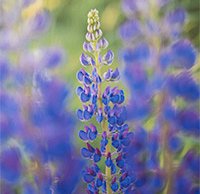
Note: I was provided samples of Red River's Palo Duro Etching paper for the purposes of evaluation. No other compensation was received.
I haven't reviewed photographic paper in quite some time, but when Red River Paper announced their new Palo Duro Etching paper earlier this year, I was approached with the opportunity to test it out. The new paper is designed to recreate the "classic look of a fine photographic art print." They are specifically targeted toward being a darkroom-style paper but for modern inkjet printers.
Let's begin by looking at the specs for this paper. The textured matte Red River Palo Duro Etching paper has a thickness of 21 mil, a weight of 315gsm (84 lb.) and has a microporous coating on one side. Without any optical brighteners added, the paper has a natural white tone, which is moderately warm and certainly not overpowering. The stock is acid free as is the coating, meaning that this 100% cotton rag paper is museum grade.
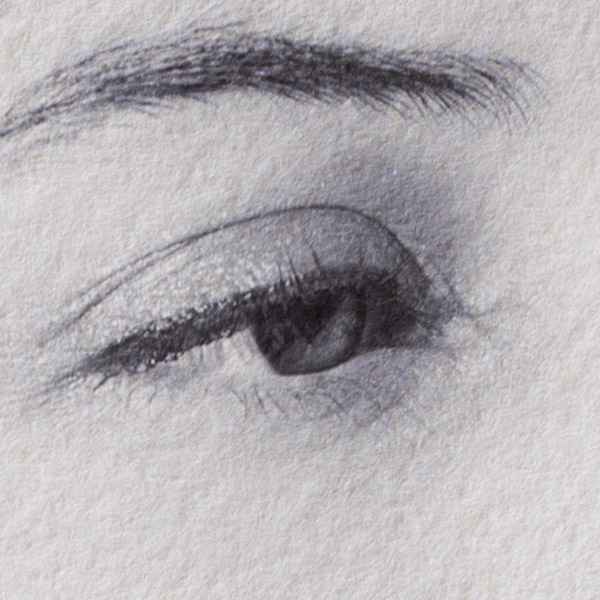
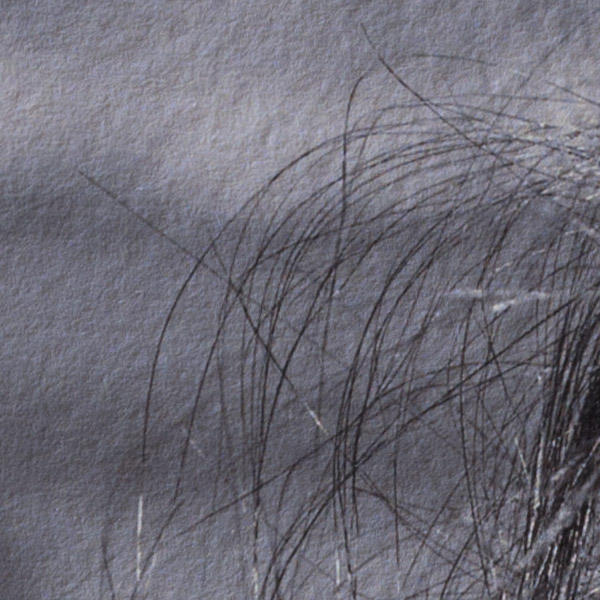
Facts and figures are important and all, but what ultimately matters is how does the paper look and feel. Let's deal with "feel" first. It feels like a classic fine art paper. Some photo papers feel like something you'd receive at a cheap lab. There's nothing wrong with that sort of paper when making family photo albums or scrapbooks. After all, you don't want to pay for a fine art paper when it is complete overkill. The Palo Duro Etching paper, on the other hand, is thick and has a notable weight to it. You can't always sense "quality," but in this case, you can.
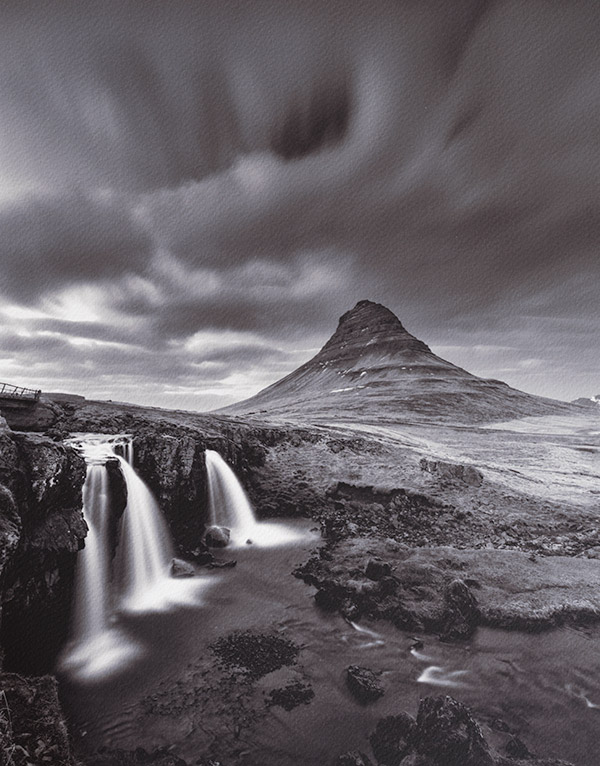
It's great that the paper feels good to the touch and has a significance to it, but ideally, fine art prints end up hanging on a wall, where you won't - or at least shouldn’t - be touching them. How does the Palo Duro Etching paper look? Very good. Textured matte paper is not well-suited for every image, but this is a more versatile matte paper than most that I have used. Its texture lends a sort of rawness to an image, but that's not always the look I'm after. The same texture that gives it a bit of depth may also remove some very fine details from a print. Depending on what you want to project, the texture could be very effective.
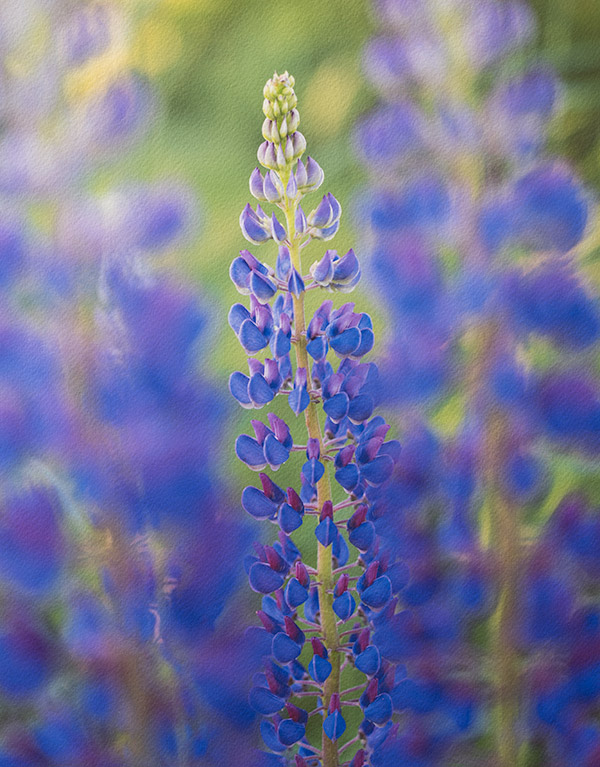
Black levels are always a concern for me when printing on matte paper. There are not many matte papers that deliver the type of black that I aim for in much of my work, especially black and white imagery. Where glossy or satin paper struggles with producing pleasing highlights, especially when not viewing a print straight on, matte papers tend to struggle with rich, inky blacks. Thanks to a barrier coat between the cotton rag base and the ink receiving layer of the Palo Duro Etching paper, the blacks are extremely good with this new matte paper.
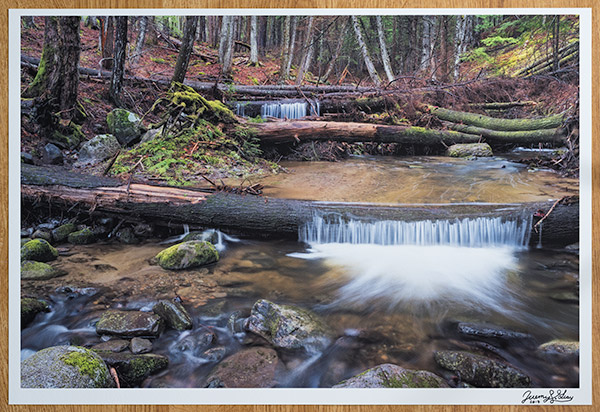
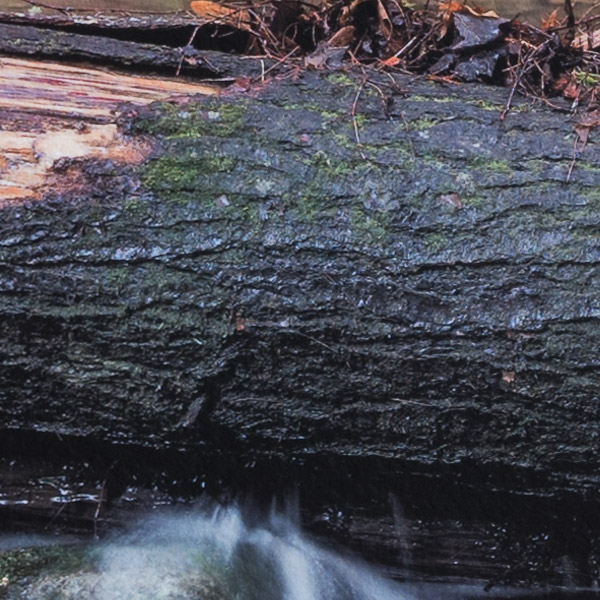
The colors are very impressive. The natural warmth of the paper didn't seem overpowering nor did it affect color accuracy. Images looked like they did on my display, which is a testament to not only my calibrated display and the paper, but also Red River's excellent profiles.
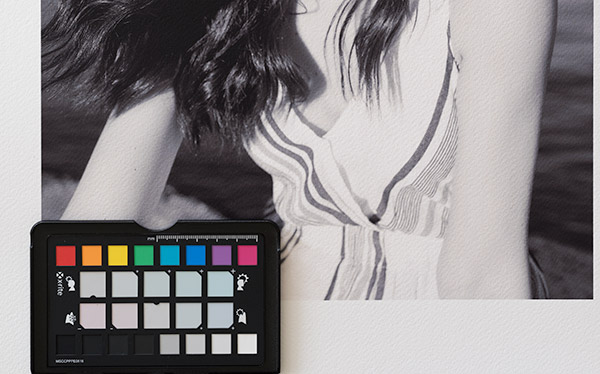
Ultimately, the Red River Palo Duro Etching paper is one of my favorite matte papers and likely my new go-to textured matte paper. Not only is the quality there, the price is right too. It is available in the following sheet sizes: 4 x 6 inches, 5 x 7, 8 x 10, 8.5 x 11, 9 x 13, 11 x 14, 13 x 19, 16 x 20, 17 x 22, 17 x 25 and 13 x 38. You can also buy it in rolls of 17, 24 and 44 inches wide by 50 feet long. The full pricing can be viewed here, but just as an example, a 13 x 19 inch sheet costs just under US$3.00. It's not a paper you want to use indiscriminately, but this paper is very reasonably priced and certainly undercuts some of its competition by a decent amount.
A note regarding the images in this review: I tried to capture images, which when viewed on my calibrated monitor were similar in brightness and color to my prints when viewed inside, receiving some natural light through nearby windows. It is not possible to perfectly represent a print, but these images should act as a good indicator of aspects of the paper including tone, texture and its ability to reproduce detail. Shots of the print were captured using a Fujifilm GFX 50S and GF 32-64mm f/4 lens. RAW files were processed using ACR, although the only adjustments made were minor exposure adjustments and cropping. The camera was set to use Auto White Balance and +1/3 to +2/3 exposure compensation. The prints themselves were made using the Epson SureColor P800 printer.